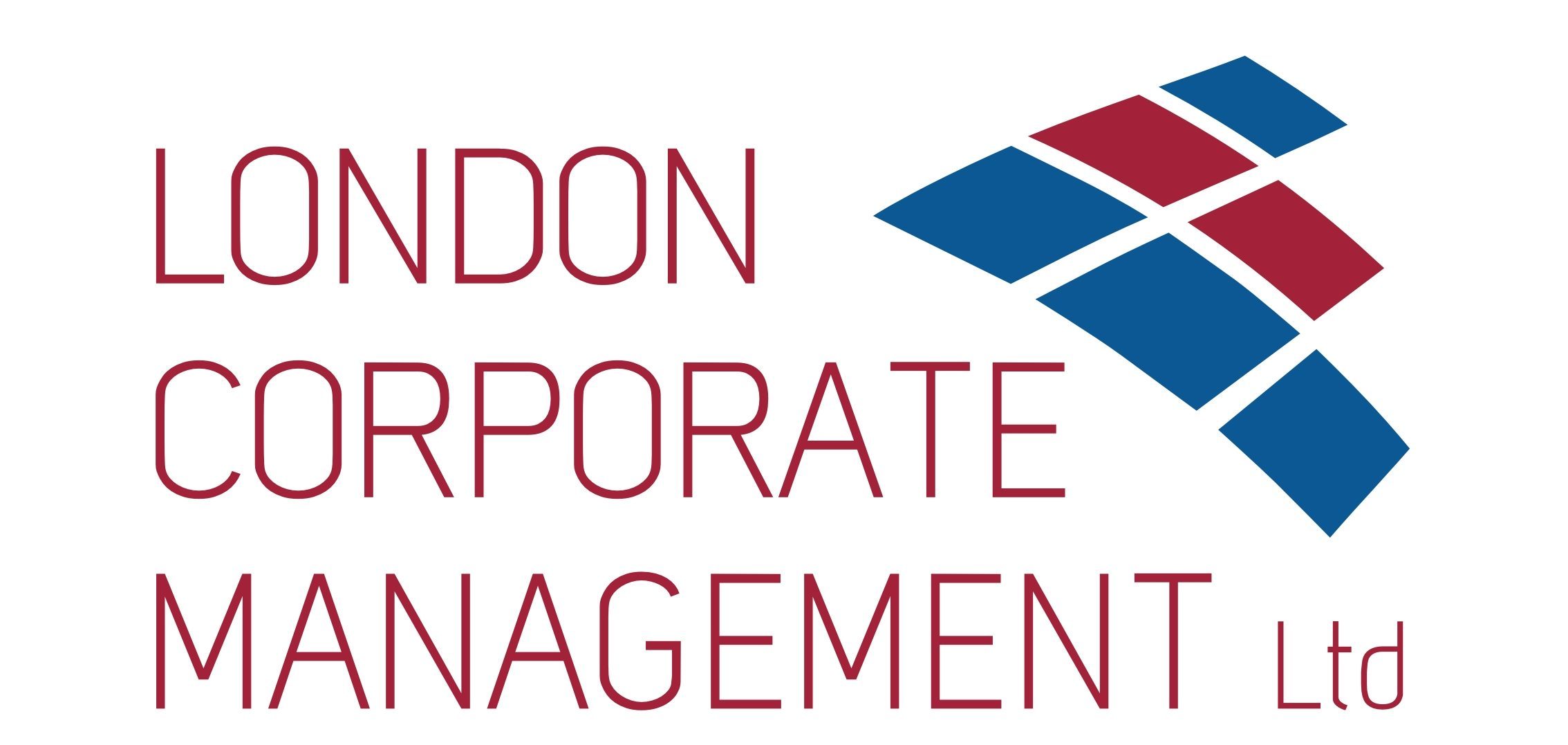Employed vs Self-Employed

Purpose
In this article we will explore some of the key factors that HMRC will consider to determine whether someone is employed or self-employed.
Sometimes the employed vs self-employed status of an individual is not so straight forward. In most cases it is very clear whether someone is employed or self-employed.
However, sometimes there can be confusion around someone’s status and mistakes can often be costly.
Why does it matter whether someone is employed or self-employed?
From a legal perspective, employees and self-employed workers have different rights. Therefore, getting someone’s employment status incorrect could lead to legal claims being made against your business by an employee
From a tax perspective, if HMRC determine that you are an employee as opposed to self-employed, you may have to pay additional taxes, and even penalties and interest.
Determining someone's employment status
It is important to note that HMRC will not use any one factor to determine whether someone is employed or self-employed. Instead, they will consider all of the factors together and make a decision accordingly.
It is also important to note that HMRC may consider other factors as well.
Mutuality of obligation
Where one party is obliged to provide work, and the other party is obliged to complete that work, this is an indication of employment.
Usually, an employee must complete the work that is assigned to them unless there is a clear and obvious reason for not completing that work.
However, a self-employed worker is not guaranteed work from a third party. Furthermore, even if they are offered work, a self-employed worker is not obliged to accept that work.
Right of control
Usually where an employment relationship exists, the employee has little control over the work that they do. Nor do they have a great deal of control over how they do that work. Furthermore, they have little control over when they do that work.
The employer will tell the employee what, how and when to do such work.
However, a self-employed worker will have a lot more control over what work is done, how it is done and the timings of such work.
If someone is told how they will perform their duties, it is an indication of employment.
Provision of own equipment
An employee rarely provides their own equipment. Instead, the employer usually provides all the equipment necessary to complete any work.
If you think of a typical office job, the employer usually provides the computer, software, keyboard, mouse, telephone etc.
Whereas as self-employed worker would usually provide their own equipment.
If a third party provides all the equipment for an individual, this will usually indicate an employment relationship.
Right of substitution
An employee usually must complete the work themselves. They cannot send someone else in to complete their work.
An employee usually does not have the right of substitution.
However, a self-employed worker could delegate some of the work to a sub-contractor or someone else working for their business.
Where a right of substitution exists, this is usually an indication of a self-employed relationship.
Financial risk
An individual who bears financial risk to complete a task is almost always self-employed.
An employee usually bears little financial risk for their work. An employees employer will often provide all the necessary equipment and training to complete the work. The employee will still get paid their salary should the work be completed incorrectly or late.
On the other hand, a self-employed worker will usually pay for their own training. They will also usually pay for their own equipment. Furthermore, if the work is not completed to a satisfactory level, they may not receive full payment for their work.
It is also likely that a self-employed worker will have to rectify any unsatisfactory work at their own expense, in their own time.
The number of paymasters
Another factor that HMRC will consider is the number of paymasters. Usually, an employee will only have one paymaster. He or she is paid by only one party which is their employer.
Whereas a self-employed worker will usually have to complete for multiple people. In turn, they will be paid by multiple different paymasters.
The more paymasters that exist, the more likely it is that a self-employment relationship exists.
Conclusion
As mentioned above, HMRC will not look at any one factor in deciding whether or not someone is employed vs self-employed.
Instead, they may look at all of the factors above, as well as other factors in order to reach a decision.
A longer, more specific article can be found on the Low Incomes Tax Reform Groups website via https://www.litrg.org.uk/tax-guides/self-employment/am-i-employed-self-employed-both-or-neither
From both a legal and a tax perspective, it is vital that you get your employment / self-employment status correct.
If you are unsure on your status or you would like further information, please do get in touch today.
